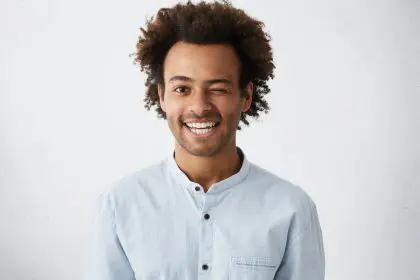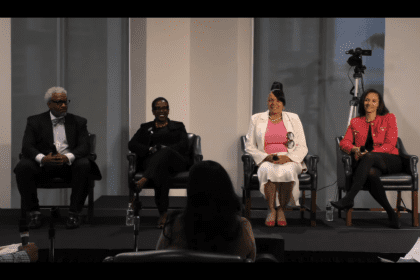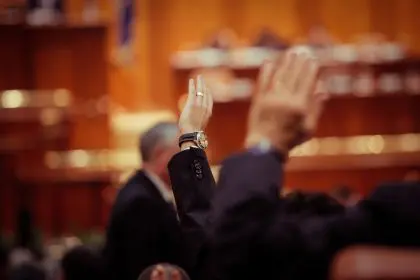
Is this justice? Two African American boys in Florida have been sentenced to live the rest of their lives in prison even though no one was killed during the commission of their crimes.
One teenager, Joe Sullivan (pictured in wheelchair) was just 13 years old when he was sentenced to life in prison for rape. The other African American boy, Terrance Graham (pictured holding trophy), was 16, when he was arrested for breaking into a home. He, too, was given life. They aren’t alone. There are literally hundreds of black children across the country who are permanently imprisoned.
Sullivan is now 34 and confined to a wheelchair for a medical condition, and Graham is currently 22. But because of Florida laws, neither will ever be eligible for parole, which means both boys’ lives were taken away despite the fact that they did not take anyone’s life.
Prison reform advocates decry these cases as unjust and unconstitutional. Conservatives in the state of Florida, where both of these boys are housed in state prisons, support the decision to throw away the key.
Currently, There are about 2,500 juveniles (ranging in age from 13 to 17) currently serving life sentences in the United States. And here’s the kicker: No other country in the world currently has adolescents serving this type of sentence, says the Frank C. Newman International Human Rights Law Clinic. Not even one.
The case has set off bitter debates in legal circles around the nation and across the globe — so much so that the case finally reached the highest court in land.
The United States Supreme Court is expected to return with a decision before May as to whether the two black teenagers’ constitutional rights were violated when they were sentenced to life in prison for non-fatal crimes.
Marc Mauer, the founder of the Sentencing Project that advocates radical prison sentencing reform, says the boys, now men, should be given a chance at rehabilitation:
“First, children are different than adults. As the Supreme Court noted in its 2005 decision in Roper v. Simmons banning the death penalty for juveniles, children do not have fully matured levels of judgment or impulse control, and are more susceptible to peer pressure than adults,“ he told The New York Times. “Brain imaging research documents that adolescent brains are not fully developed, particularly in areas that control reasoning and risk taking. It is for these reasons that all states already impose age restrictions on voting, driving and consuming alcohol.”
Kent Scheidegger, the legal director of the Florida-based Criminal Justice Legal Foundation, says judges should be allowed to impose harsh penalties for the worst juvenile defenders, especially these two who committed multiple crimes.
“Graham got only 12 months in jail plus probation for [his previous violent] crime. Almost as soon as he was released, he chose to spit in the face of society’s mercy and take up robbery once again. In light of Graham’s choice of the criminal path despite all efforts to help him choose better, the judge decided a life sentence was needed for protection of the innocent.
“The second case before the Supreme Court involves a sentence imposed 20 years ago when Joe Sullivan was 13,” Scheidegger added. “A life sentence is rare at that age, but Sullivan was a rare 13-year-old. He broke into the home of an elderly woman and committed a savage rape, a crime so vicious it is hard to imagine anyone doing it, much less a 13-year-old.”
The Supreme Court will soon decide whether it agrees with Maeur or Sheidegger and if we as a nation will continue to give life sentences to children for non-fatal crimes. –terry shropshire










